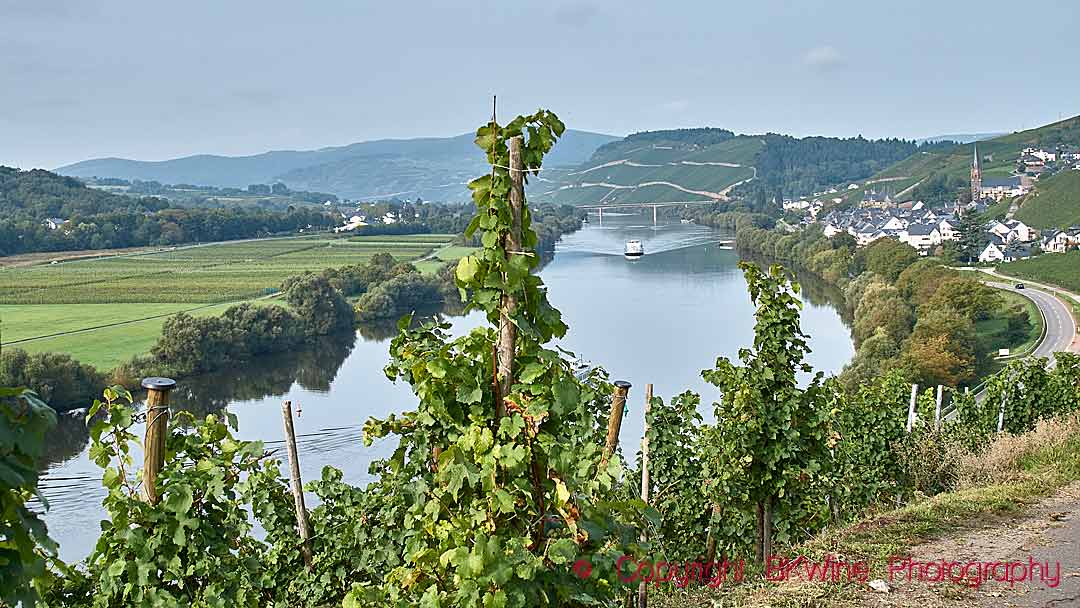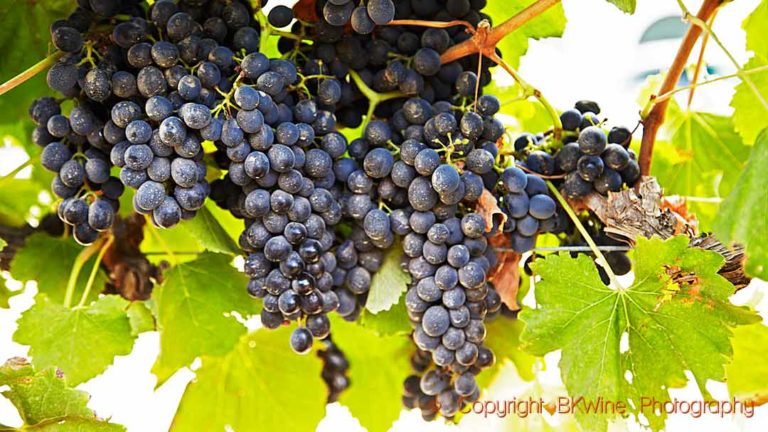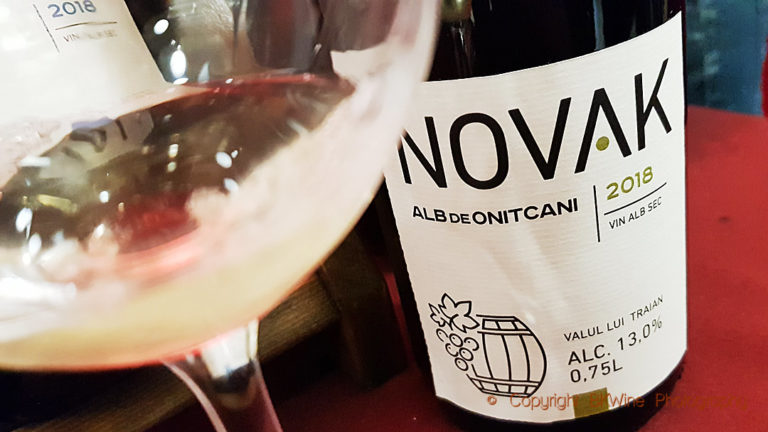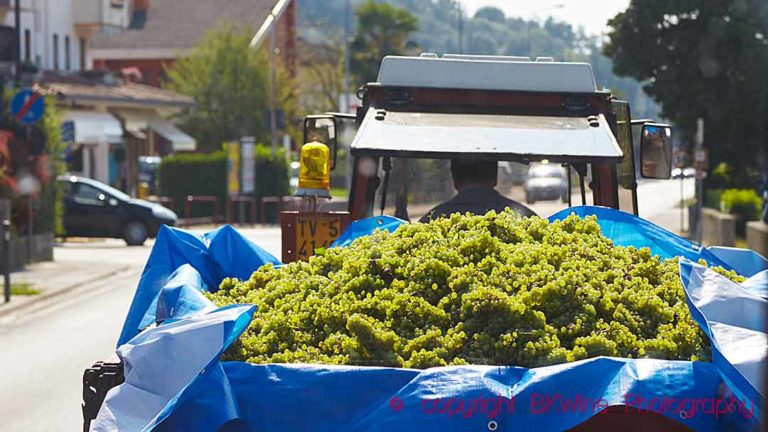German wine producers are adapting to the evolving tastes of consumers. This is the conclusion of the German Wine Institute after last year’s mandatory tasting of all German quality wines. Exactly half – 50% – of all Qualitätswein and Prädikatswein were in a dry style.
This corresponds to an increase of two percentage points compared to the previous year and confirms a trend over several years. 20 years ago, only 35 % of German quality wines were dry.
The proportion of semi-dry wines, on the other hand, has hardly changed in the last 20 years. However, the production of sweet wines has decreased. In 2022, they accounted for only 29% of all quality-tested wines, as opposed to 45% in 2002.
Rosé wines account for 13%, white wines for 66% and red wines for 21%.
The grapes that have increased the most in surface are pinot gris (grauburgunder), chardonnay and pinot blanc (weissburgunder). Germany is now the world’s largest producer of pinot blanc. Riesling is stable, with about a quarter of the German vineyard area.
Fungus-resistant grapes (piwi) are increasing, above all the whites, mainly souvignier gris, solaris and cabernet blanc. Among the red fungus-resistant varieties, regent accounts for 90% with a surface of 1,794 hectares. However, the grape has declined over several years. Varieties such as cabernet cortis and pinotin are planted in its place.
Read more: GermanWines











